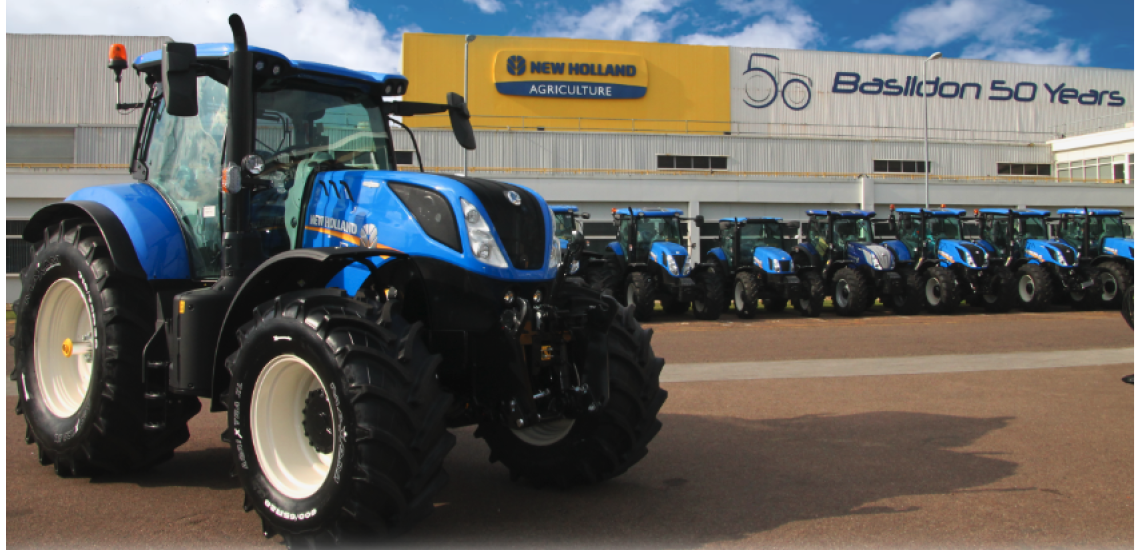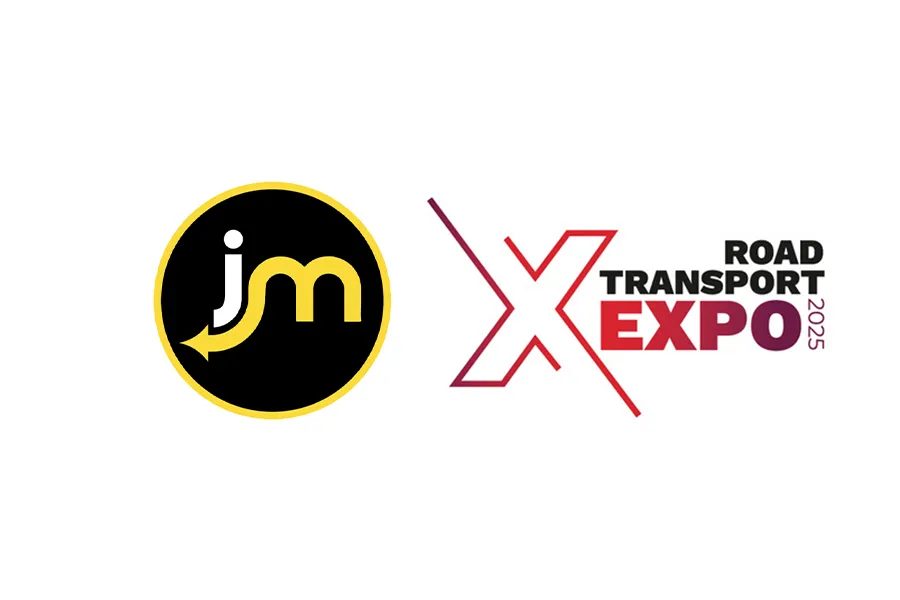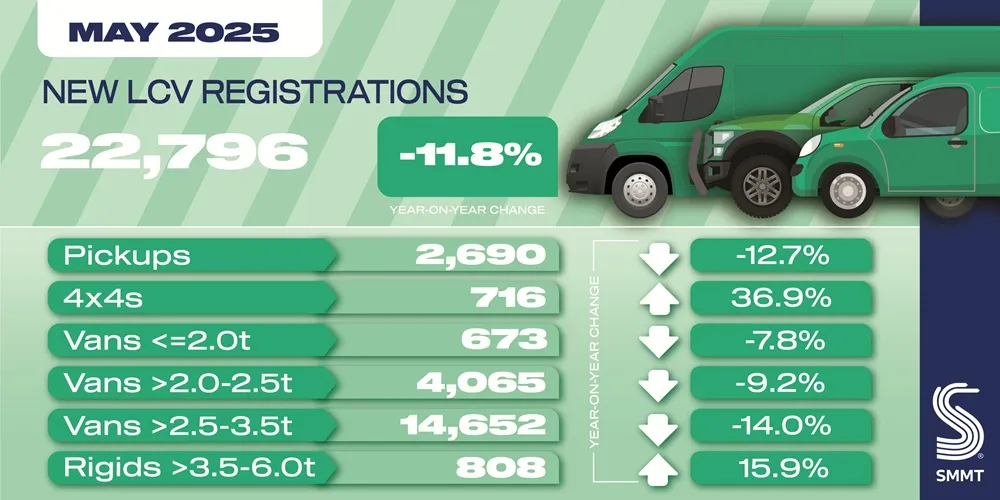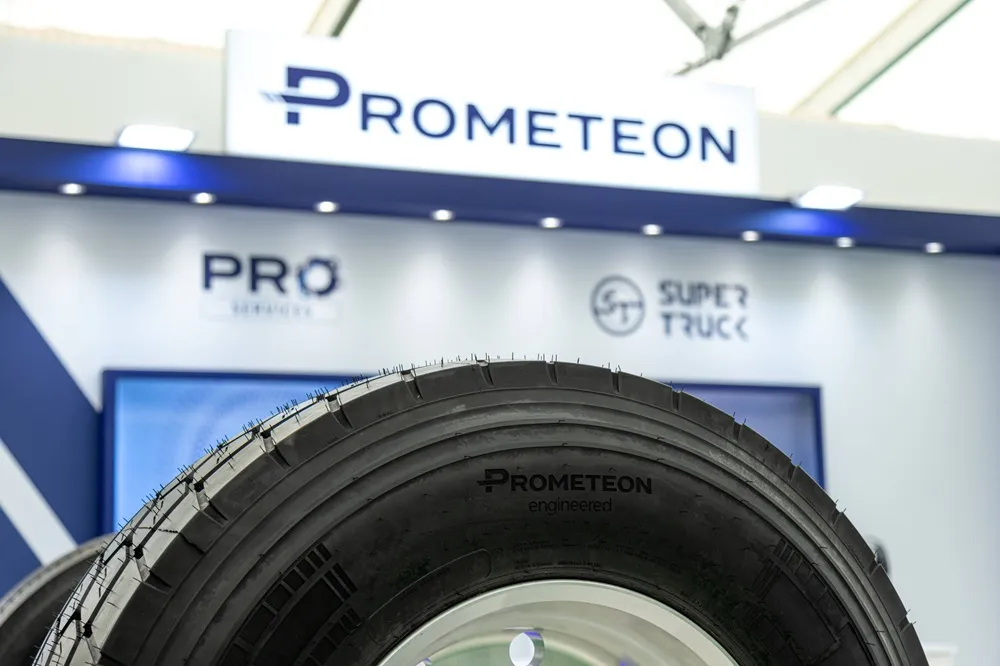Agriculture is often seen as a measure of how well the economy is performing: If the economy is doing well, sales tend to increase, if it isn’t they drop.
Tractor Registrations Ups and Downs Across Europe
It is, a more specific measure than just tyres, which are also an economic indicator as low business levels mean fewer tyres are used and sold.
Collating figures across Europe is not always easy, as different bodies account for sales in different ways. However, looking at the latest available figures from the UK, Netherlands and Spain, we can see some form of a pattern in the seemingly lacklustre performance in these markets.
The UK’s AEA shows that sales of larger tractors, over 50bhp, saw a drop in December of almost 29 per cent, with an annual drop of 3.6 per cent.
The Netherlands measures sales by gauge, and its narrow gauge tractors were 140 units in November and 2018 for the year, slightly up on the previous November’s 134, but overall down from the previous year’s figure of 2,176 units.
Its compact tractor sales showed a better performance, with sales of 105 in November, up from 45 the previous year, and a total of 799 for the year, compared to 734 for 2021.
Spain prepares a more insightful break down of figures, but for comparison we will look at the tractor and automated machinery sales. For tractors, November saw a drop of 11.71 per cent, down from10,295 to 9,089 units. For automated equipment, the drop was less dramatic, down from1,565 to 1,528 – a 2.36 decline.
On the annual figures, both sectors saw a decline, 12.82 in tractor units and 6.37 in automated equipment.
This might suggest that in most areas, the agricultural sector is holding off buying new equipment, making existing fleets work longer before replacing them. In which case, this may have a positive impact on the sales of replacement tyres, but the reality is that only time will tell whether the agricultural sector is truly following the European economic situation of stagnation and dodging recession.








